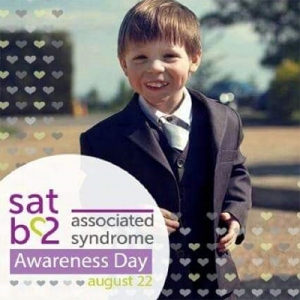
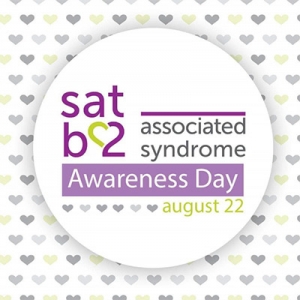
August 22 marks an amazing opportunity for SATB2-associated syndrome (SAS), the SATB2 Gene Foundation and the SATB2 Gene Trust UK. Because this day is one where we can all come together to spread the word about SAS. To raise awareness within the communities. It is a way to take action so that the children and families affected by this rare condition can get the best care, have the greatest support, and experience the childhood they deserve.
Why August 22?
August 22nd was chosen to help honour our primary genetic researcher who has not only brought all of us together but has also brought much needed research to this rare condition. On August 22nd we not only celebrate awareness to SATB2, but we also help celebrate and honour Dr. Yuri Zarate on his birthday.
How to get involved
There are 3 easy ways to get the word out online.
1. Show your support: Change your Facebook profile frame to let your friends know that you are helping to raise awareness of SATB2-associated syndrome (SAS) and the 200+ children affected by this condition.
2. Spread the word: Use one of our sample posts to raise awareness, increase support, and encourage others to engage online using the hashtags #mySATB2kid and #showyourSAS. Also print our sign and take a photo and post back out to social media.
3. Take some action: Help raise critical funds to support the SATB2 Gene Trust UK to help fulfil the mission of raising awareness, supporting families and funding research for SATB2-associated syndrome. Create a Facebook fundraiser, host a cake bake and invite your friends, ask your child’s school or club to wear purple and so much more.
Click here to download and print the SATB2 Awareness Day sign and take a photo and post back to social media and don’t forget to use our hashtags! #ShowYourSAS #MySATB2Kid #SATB2 #SATB2Awareness
About
The SATB2 Gene Trust UK was established to enhance the lives of those affected by SATB2-associated syndrome by providing emotional and educational support, and by raising awareness and supporting research.
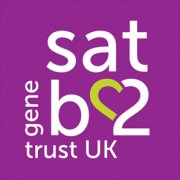
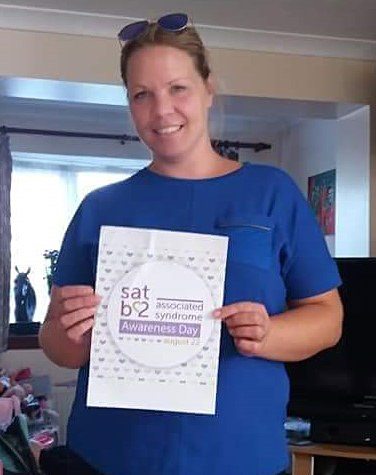
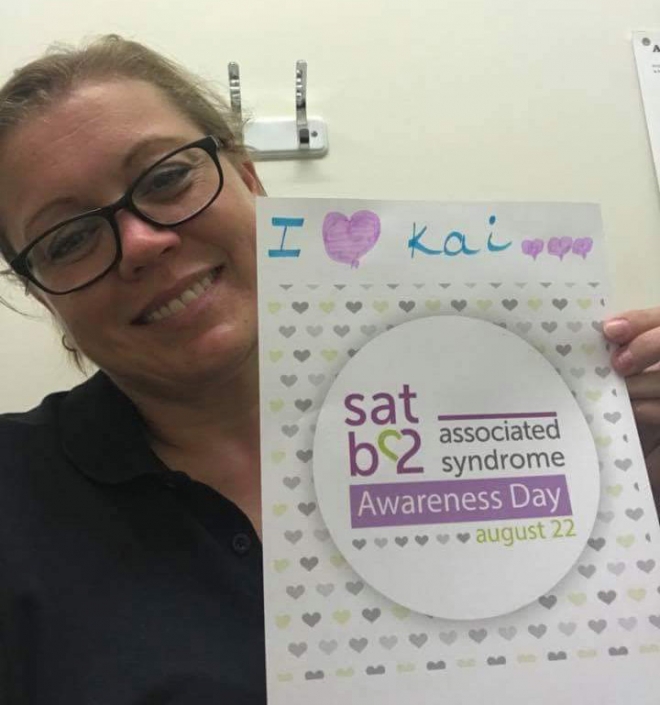
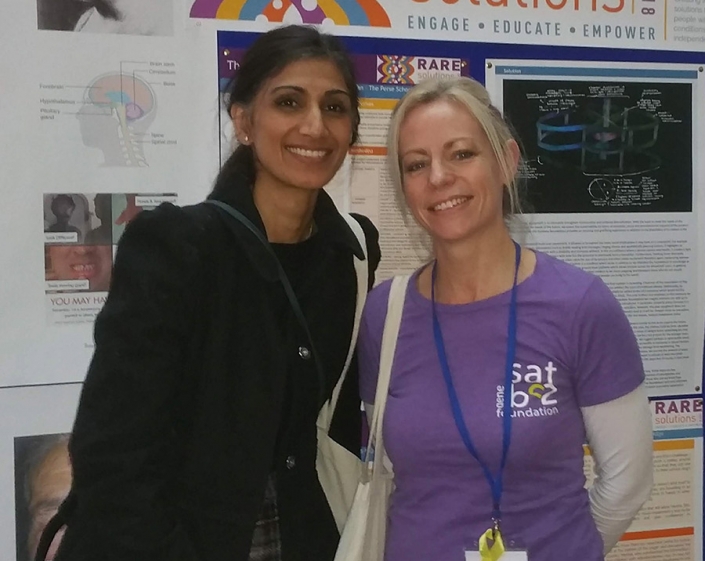
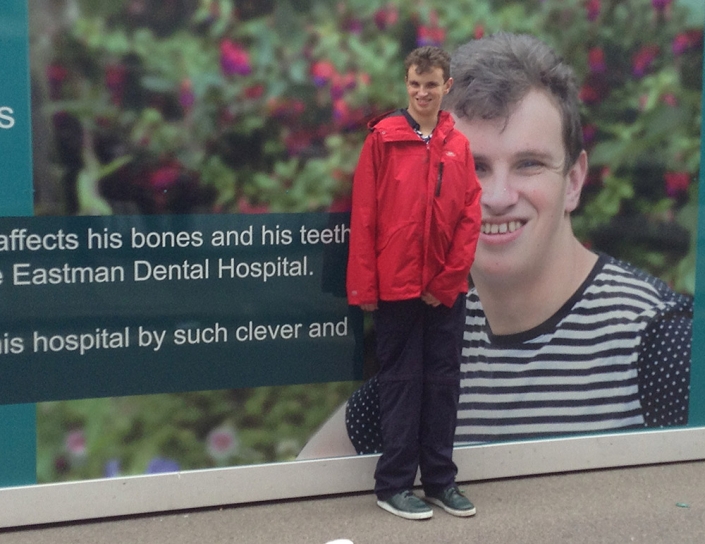
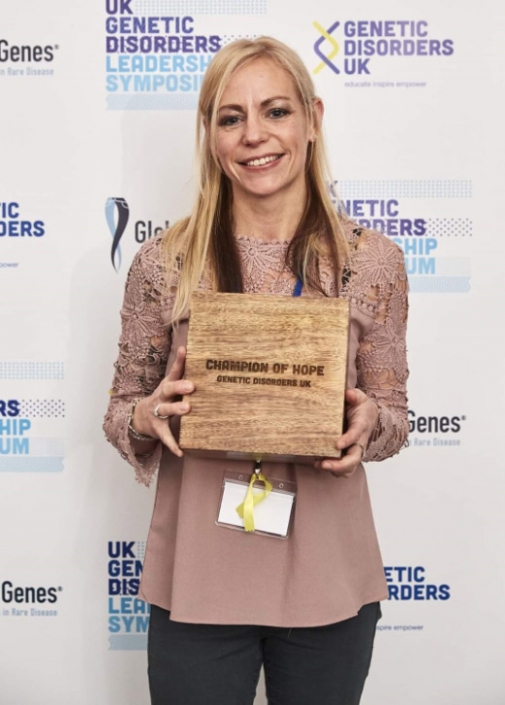

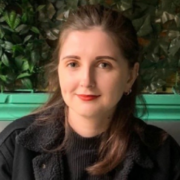
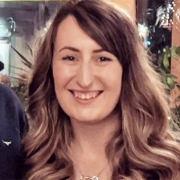
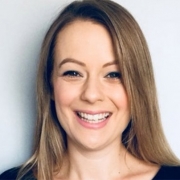
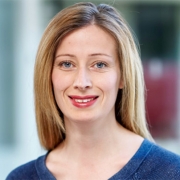
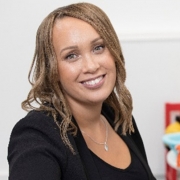
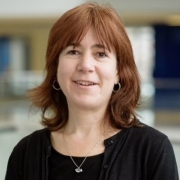 Dr. Jennifer Fish is an Assistant Professor at the University of Massachusetts Lowell (UML), where she teaches Developmental Biology and Comparative Vertebrate Embryology. Prior to arriving at UML, she trained at King’s College London and the University of California San Francisco. Dr. Fish has been researching the roles of SATB2 in development since 2008 using animal models of disease.
Dr. Jennifer Fish is an Assistant Professor at the University of Massachusetts Lowell (UML), where she teaches Developmental Biology and Comparative Vertebrate Embryology. Prior to arriving at UML, she trained at King’s College London and the University of California San Francisco. Dr. Fish has been researching the roles of SATB2 in development since 2008 using animal models of disease.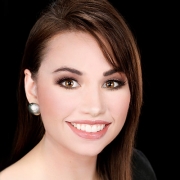 Ashlen Thomason, Ph.D., CCC-SLP, is a member of the outpatient speech pathology team at Arkansas Children’s Hospital. She is a graduate of the Arkansas Consortium for the Ph.D. in Communication Sciences and Disorders with a major research emphasis in stuttering and minor in cleft palate.
Ashlen Thomason, Ph.D., CCC-SLP, is a member of the outpatient speech pathology team at Arkansas Children’s Hospital. She is a graduate of the Arkansas Consortium for the Ph.D. in Communication Sciences and Disorders with a major research emphasis in stuttering and minor in cleft palate.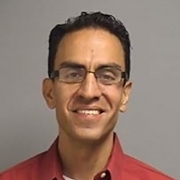 Dr Yuri Zarate is a Clinical Geneticist and an Associate Professor at the University of Arkansas for Medical Sciences and Arkansas Children’s Hospital. In 2014, Dr Zarate started a research project that led to a report with the first cohort of patients with SATB2-associated syndrome (SAS). From there, he established a strong-long lasting relationship with the support group for this rare condition, created the initial dedicated
Dr Yuri Zarate is a Clinical Geneticist and an Associate Professor at the University of Arkansas for Medical Sciences and Arkansas Children’s Hospital. In 2014, Dr Zarate started a research project that led to a report with the first cohort of patients with SATB2-associated syndrome (SAS). From there, he established a strong-long lasting relationship with the support group for this rare condition, created the initial dedicated 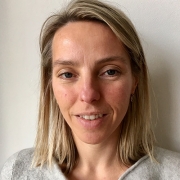 Drs. Barber Tinselboer is a physician for people with Intellectual Disabilities (ID). In the Netherlands, this is a medical specialty, created to provide better medical care to people with ID. Her work is comprised mostly of treating the comorbid conditions in people with ID like epilepsy, behavioural issues, psychiatric disorders and additional physical problems. She works at ‘s Heeren Loo in Apeldoorn, an organization that provides care, services and treatment for people with ID. She also has a son with SATB2-associated syndrome.
Drs. Barber Tinselboer is a physician for people with Intellectual Disabilities (ID). In the Netherlands, this is a medical specialty, created to provide better medical care to people with ID. Her work is comprised mostly of treating the comorbid conditions in people with ID like epilepsy, behavioural issues, psychiatric disorders and additional physical problems. She works at ‘s Heeren Loo in Apeldoorn, an organization that provides care, services and treatment for people with ID. She also has a son with SATB2-associated syndrome.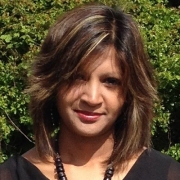 Dr Meena Balasubramanian completed her Paediatric training before undertaking specialist training in Clinical Genetics. Her MD is on atypical presentation of Osteogenesis Imperfecta (OI) obtained in 2012. She has been a Consultant in Clinical Genetics with a specialist bone genetics interest at Sheffield Children’s Hospital since 2012, and provides genetics input to the national OI service. She has led several projects focused on genetics of rare bone disorders and currently pursuing research projects focussed on identifying novel genomic approaches to rare bone disorders and exploring newer targets for therapy for these conditions.
Dr Meena Balasubramanian completed her Paediatric training before undertaking specialist training in Clinical Genetics. Her MD is on atypical presentation of Osteogenesis Imperfecta (OI) obtained in 2012. She has been a Consultant in Clinical Genetics with a specialist bone genetics interest at Sheffield Children’s Hospital since 2012, and provides genetics input to the national OI service. She has led several projects focused on genetics of rare bone disorders and currently pursuing research projects focussed on identifying novel genomic approaches to rare bone disorders and exploring newer targets for therapy for these conditions.